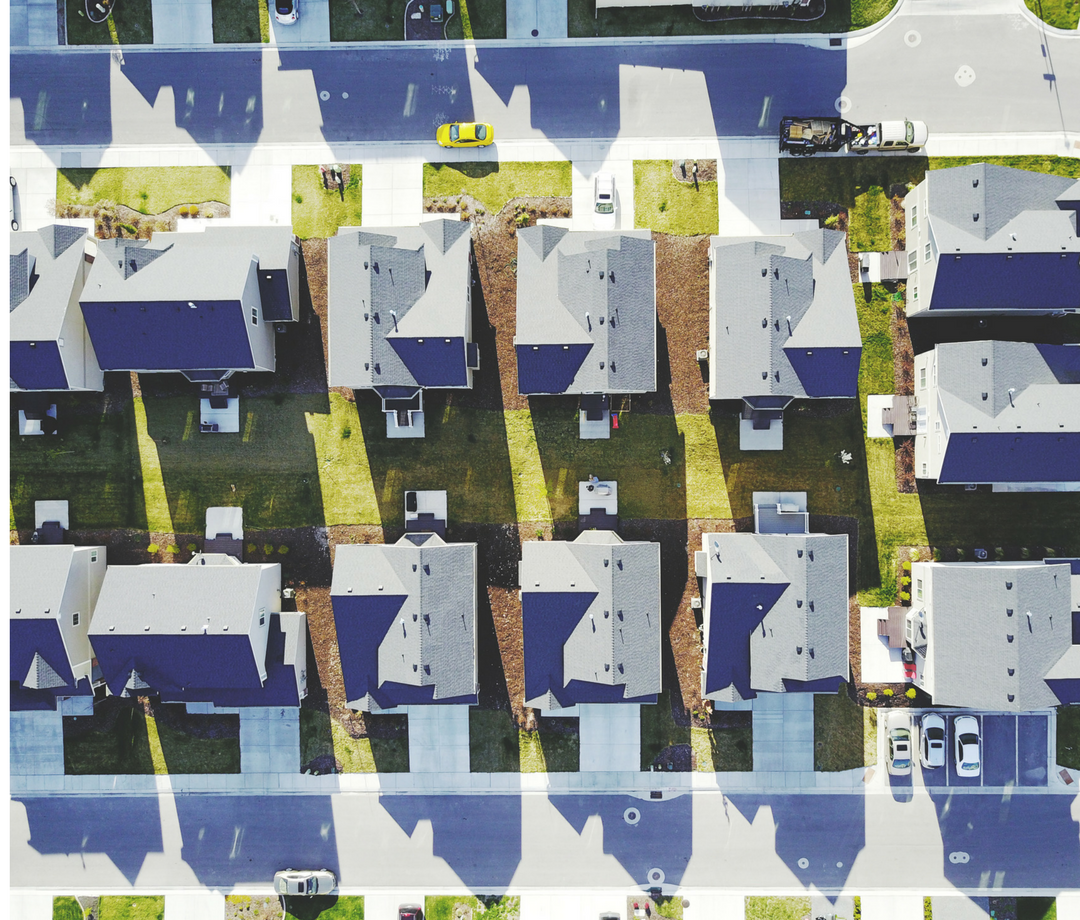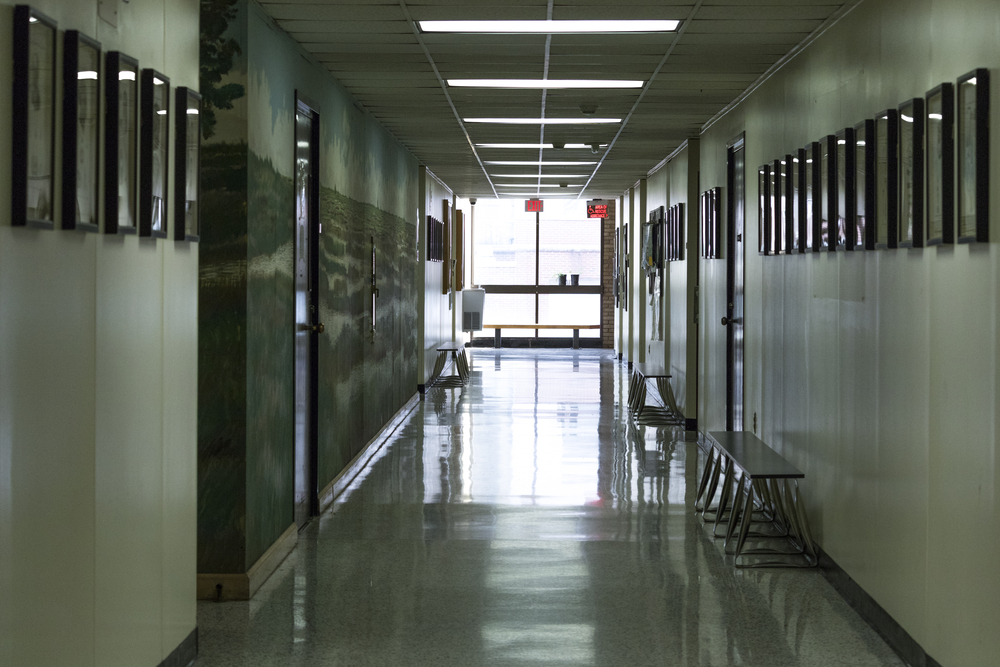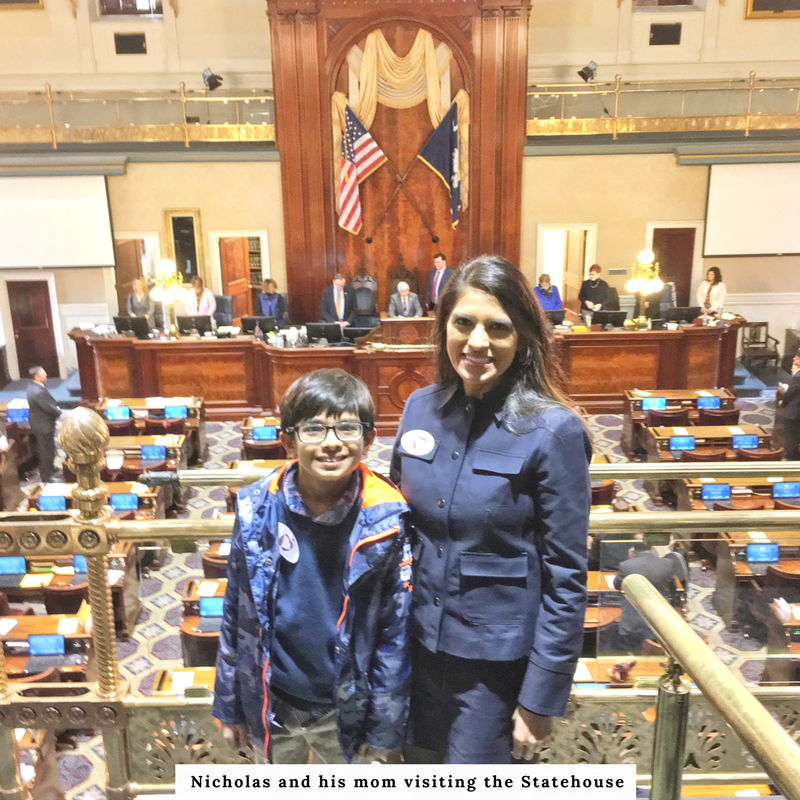The Wrong Solution for a Real Problem

Adam Crain
Jacob Riis published How The Other Half Lives first as a magazine article and then as a book in 1890. The book, an innovative foray into photo-journalism, famously captured the plight of low-income workers in some of the worst neighborhoods in New York City. His impact was surely larger than he might have dreamed.
Partly as a result of his work, the New York Tenement House Act passed in 1901, and the U.S. Department of Labor began to act to improve living conditions. Since then America has made much progress on this front. The quality of life for the poor and low-to-middle income workers in America has vastly improved; no one would ever think about returning to the bad old days captured in Jacob Riis’ book.
The fact that no one would think to return to the days of the early twentieth century does not mean, however, that the question of how to be compassionately responsive to the needs of low-to-middle income Americans is not still up for discussion. Evidence of this ongoing struggle has surfaced in the South Carolina Senate.
S.346
The South Carolina Senate is considering S.346, “The SC Inclusionary Zoning Act,” which would “provide authority for counties and municipalities to use inclusionary zoning strategies to increase the development of affordable housing for low-to-moderate income families.”
If the bill passes, cities and towns in South Carolina would be allowed to mandate by ordinance that developers either designate a portion of their housing development as affordable housing or pay fees. Municipalities would be able to incentivize developers by loosening land-use requirements such as density, height and floor area parameters, among other enticements.
The bill’s sponsor, Senator Marlon Kimpson (D-Charleston) argues the bill is necessary due to the “affordable housing crisis” in South Carolina.[i]
It is not surprising that this type of bill has surfaced in South Carolina. With the increasing flair and cultural charisma of the Charleston peninsula, the draw of coastal Horry County and the economic vitality and friendliness of the Upstate, more people are eager to live and work in the Palmetto State. Late last year the Post and Courier reported that the Charleston region’s rental rates saw the fifth highest jump of any city/town in the nation. Myrtle Beach was seventh.[ii]
Housing affordability has been an area of concern for public officials in the United States for decades. The Department of Housing and Urban Development (HUD) operates as a lasting testament to the intentions of Lyndon B. Johnson’s Great Society programs and those, in turn, are responsible for the subtle shift in language and concern from “housing affordability” to “affordable housing.”[iii]
Unfortunately, the shift was not limited to vocabulary. It finds its vitality in a slew of ill-conceived economic and societal public policy proposals that, like S.346, will only exacerbate the problem of pricing low-to-middle income Americans out of major metropolitan markets.
The economic problem is real
Though there is no city in South Carolina like New York City, San Francisco or Los Angeles, housing affordability is a steadily rising problem, particularly in Charleston.
According to National Census Bureau data from 2015, the median price of a single-family dwelling in Charleston County was $243,200. If we divide that by the median household income for Charleston County residents, which is $69,774, we arrive at a value-to-income ratio of about 3.48.[iv] While a value-to-income ratio of 1 or 2 can be considered “affordable,” a ratio of 3, 4 or 5 is not. Charleston County’s ratio indicates that residents would have to pay well over 25% of their income on housing costs. Exceeding 25% of monthly income on housing payments puts individuals in fiscal straights, not to mention risk of not even being approved for mortgages.[v]
The Post and Courier, in conjunction with the Charleston Trident Association of Realtors, recently reported that median home prices for Charleston County in March of this year hovered around $315,000, a marked increase since the most recent census data available.[vi] The median income levels may have also risen, but the ratio would still be lopsided.
In other metro areas like Greenville and Columbia, the problem is less pronounced. The value-to-income ratio in Greenville County using the most recent census data is 2.46; in Richland County, it’s 2.33 – for most people, finding a home that costs less than 25% of monthly income is possible in these two counties.[vii]
The bottom line: home prices and rental rates are increasing, and those housing costs are a significant challenge to those living on $20,000 to $30,000 per year.
The social problem is real
Statistics surrounding home prices and rental rates are only half of the equation. The issue of housing is a social and cultural phenomenon as well.
Rising home prices and rental rates push low to middle-income families away from a town’s bustling core. People who have historically been an integral part of the make-up of a town — teachers, store clerks, police officers, and young entrepreneurs — are moving further away from the true location of their daily life: where they work, eat, worship and play.
Thus, rising home prices pushing individuals and families out of urban centers is a contributing factor to urban sprawl. One reason South Carolina is so proud Charleston is part of the Palmetto State is the fact that its character was long ago established. The city’s classical architecture, walkable streets and historical diversity of income levels, races, and professions, have made Charleston a jewel. Unlike modern suburbia which was helped along in the 1950’s by growing families, a post-war disillusionment with unattractive city centers, racial tensions and the rising convenience of automobiles, the Charleston peninsula has retained its roots — visiting Charleston is a breath of fresh air precisely because its structure defines a good city.
The contribution of rising home prices to the culturally disintegrating force of suburban sprawl should not be considered a positive outgrowth of modernity, either in the short-term or the long-term.
Thus, the question must be asked: is the city a cultural good worth preserving? If the answer is yes, then the systemic flight of low-to-middle income individuals and families away from cities due to high housing costs is a problem free-market advocates should consider beyond just economics.
Public policy gone awry
The concerns demonstrated by Charleston Mayor John Tecklenburg and Senator Marlon Kimpson and so many others are well-founded. The economic impact of a high number of commuters, the wear and tear on roads, and the profound human concerns above are reasons to consider the problem legitimate, but S.346 is not the answer.
S.346 is, for all intents and purposes, a mixed income housing program, the inefficiency of which is grounded in basic economics and history.
If, as the bill would allow, a developer is coerced by a city or county government to make 15% of its new apartments available for rent at a discounted rate to comply with “affordable housing” regulations, we can expect higher rent prices for the other units to make up for market demand or a decrease in the number of housing developments that are built. Together these factors would push housing costs up for everyone.
These negative effects are clearly seen in a Reason Public Policy Foundation study, cited by the LA Times:
“In the seven years before the [inclusionary zoning] law [in Southern California went into effect], over 28,000 new homes were built. In the seven years after? Only 11,000. Yes, 770 ‘affordable’ units were constructed, but what’s more important is the 17,000 homes that weren’t built at all, making the housing shortage more acute and pushing up prices.”[viii]
Couple those statistics with increased construction costs and the lessening of market incentives to maintain the “affordable housing section” of the complex and project-based assistance is shown to do little to combat the problem, in fact it seems to make it worse.
But if the problem of housing affordability is real, and inclusionary zoning policies are poor economics, what is the solution to the lack of housing for South Carolinians of low-to-modest means?
The Solution: Legalize the Market
While S.346 erroneously opts for more government mandates, it is precisely the already- established government mandates that are at the heart of the market troubles experienced in Charleston and around the country.
The bill grants that density, height, floor area and site specific regulations are up for negotiation if a developer “decides” to build a mixed-income settlement after being coerced to do so by the threat of a fine. It is precisely these stringent requirements that have forced housing prices skyward.
The solution to the problem of unaffordable housing is not more government mandates but fewer. Adam Milsap, again of the Reason Foundation, writes about what cities should do in his 2013 article, If Cities Want More Affordable Housing, Let the Market Work. He is a proponent of “liberalizing the lower end of the housing market,” and writes:
“If city officials truly care about providing more affordable housing to reduce gentrification they should liberalize the lower end of the housing market. This can be accomplished by eliminating restrictions on minimum lot sizes, occupant density, and minimum unit sizes, along with removing laws prohibiting housing options like accessory dwelling units.”[ix]
No one is arguing for a return to the dangerous inner-cities of the 1920s, nor is that a threat. Consider Alan Durning’s comments. Durning is the founder of Sightline Institute and in speaking with the Reason Foundation, he remarked:
“It’s not that I don’t want people to have nice housing. It’s that the consequences of imposing middle-class norms of decency are to increase homelessness, to raise the cost of housing, especially at the bottom end of the market, but more generally for everybody to make housing less abundant and to accelerate sprawl.”[x]
The upshot is this: in a laudable effort to protect Americans from facing the sort of dangerous conditions of the early 20th century, legislators and bureaucrats have instituted all sorts of land-use requirements, from sizes of parking lots to density requirements and height restrictions. Some of them are reasonable safety requirements. However, some are decisions arrogantly based on the preferences of people who actually can afford more amenities.
If people need socks, it does them little good if people donate old Gucci handbags. It is the same with housing. Loosening some zoning and land-use requirements will not usher back the disturbing conditions of America’s past. Regulations are needed to protect Charleston’s steeple-filled skyline, but South Carolinians should not regulate other South Carolinians out of the housing market.
It used to be that first-time home-buyers weren’t in the market for new homes, they were in the market for older and affordable houses because it fit their income level and stage of life, and that’s okay.
Let’s allow low-to-middle income earners the option of living in smaller or more densely populated urban areas according to their price range, before officially consigning them to suburbia via increased housing prices for everyone by government fiat.
The restrictions used to coerce businesses in S.346 are actually the root of the problem needing to be addressed.
By refocusing on housing affordability — an outcome of an equal opportunity market unimpeded by government interference — we can both inject vitality into the cities we love and lessen our dependence on the government central planning project called “affordable housing.”




